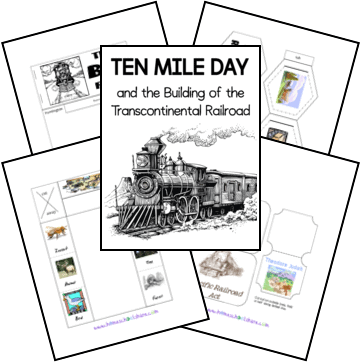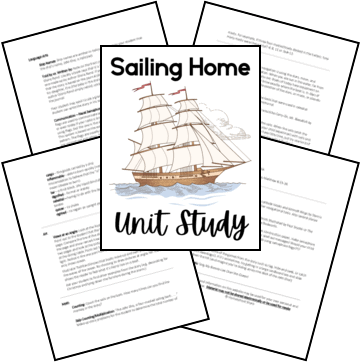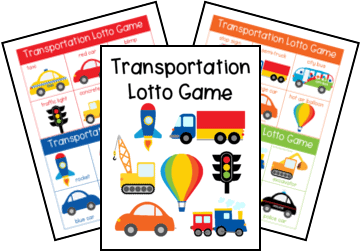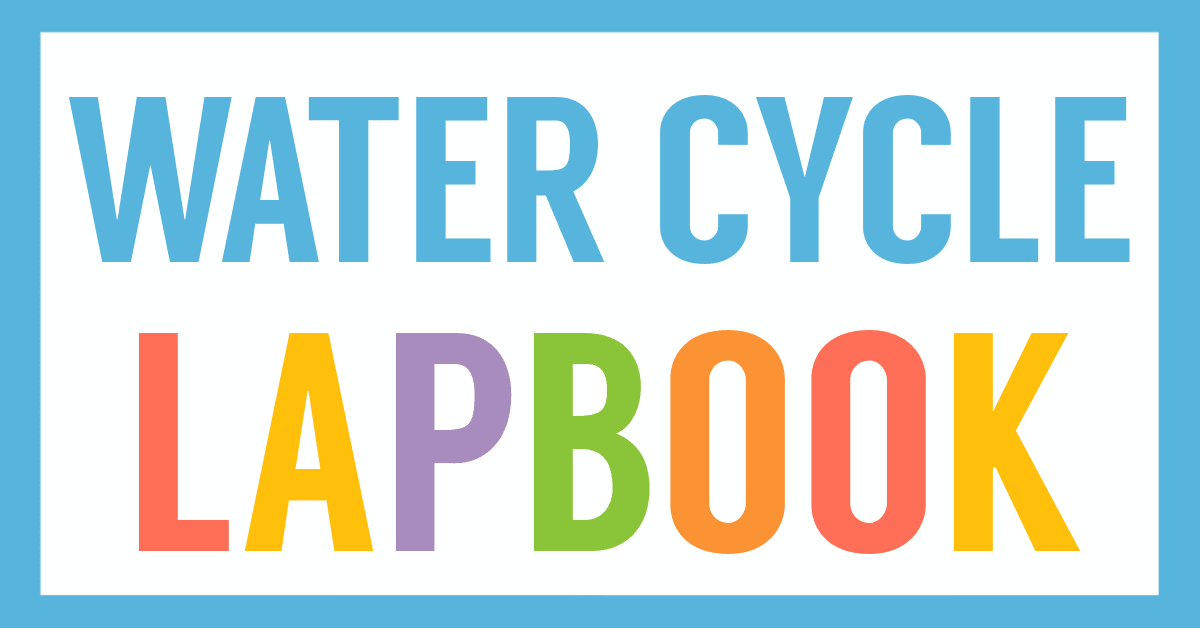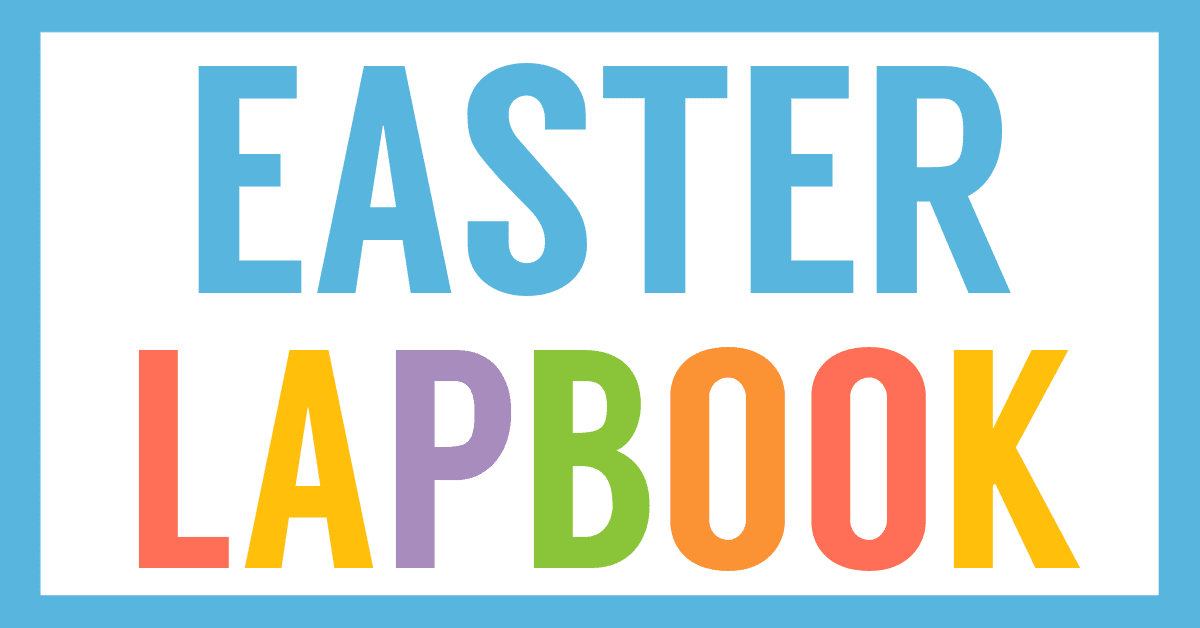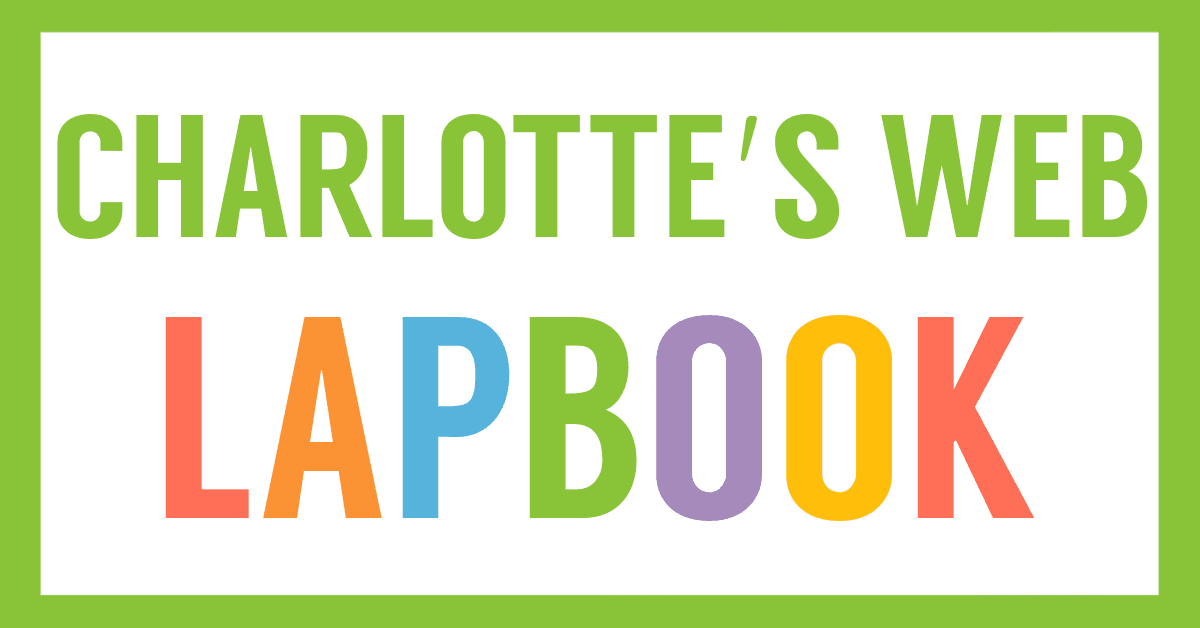Affiliate Disclaimer
We sometimes use affiliate links in our content. This won’t cost you anything, but it helps us to keep the site running. Thanks for your support.
Thanks to Kelly Cooper for writing the lessons for this Hot Air: The (mostly) True Story of the First Hot Air Balloon Ride unit study.
Hot Air Balloon Unit Study Lessons
This unit study includes lessons and printables based on the book Hot Air: The (mostly) True Story of the First Hot Air Balloon Ride by Marjorie Priceman.
Here are some sample lessons from the Hot Air: The (mostly) True Story of the First Hot Air Balloon Ride Unit Study.
History: The Montgolfier Brothers
This story is about the Montgolfier brothers, Joseph and Etienne, and their adventures in flying the first hot air balloon. Joseph Montgolfier, born in August 1740 and Étienne Montgolfier born in 1745 were brothers in a family of sixteen siblings! Their father owned a paper factory in France.
One day, Joseph had the idea to get some paper from the factory, make a large bag, and fill it with steam to see if he could make it rise. Instead he produced a wet mass of paper. Étienne then had the idea of making a bag float in the air with hydrogen gas obtained from sulphuric acid and iron filings. There was still no success. The brothers continued their experiments, and in 1782 Joseph achieved a small-scale success using a taffeta envelope filled with hot air rise to the ceiling. Now the dream of flying a hot air balloon seemed in reach for the Montgolfier brothers. With more taffeta, rope, they prepared a large-scale experimental balloon.
On June 4, 1783 Joseph and Étienne Montgolfier saw their hopes becoming reality with the first public demonstration. They made an 875 cubic yard balloon of cloth lined with paper and coated with alum as fireproofing, all held together by about 2,000 buttons. It took off from Annonay, France, rising to a height of 3,280 feet and traveling for 1.25 miles. The balloon flight was a success even though the brothers did not completely understand the physics of what was happening. They thought that it was the smoke that provided the lift for the light fabric balloon. Thus, the balloon was filled by smoke from a fire of straw, humidified wool and even of old shoes! The denser the smoke, the better, they thought. Only later was it realized that it was the hot air provided by the fire that mattered, not the smoke.
For a second test, a new balloon of 1,531 cubic yards was built. The demonstration took place in Paris in the presence of King Louis XVI on September 19, 1783. Three passengers – a rooster, a duck and a sheep – were used in order to test the effect of high altitude on live creatures. The king was not impressed by the stench of the dense smoke, but this flight, too, proved to be a great success. The balloon rose to a height of 1640 feet and floated 1.86 miles.
On November 21, 1783, the Montgolfier brothers made another test. The balloon used measured 2,406 cubic yards, and was propelled by an iron furnace. This time two men, Jean-François Pilâtre de Rozier (a physicist) and François Laurent Marquis d’Arlandes, were the first human pilots on an untethered flight. Their flight lasted 25 minutes, reached a height of 2950 feet, and landed 6.2 miles away. The Montgolfier brothers’ persistence took their balloon from just a concept to a real flight in the span of one year!
Science: How Hot Air Balloons Work
Does your child know that hot air is lighter than cool air, so hot air rises to the top? If so, he already understands the basic principle of what makes a hot air balloon rise. To keep the balloon up in the air, new warm air needs to be in constant supply. This is accomplished with a heat source located under the envelope, or balloon. The Montgolfier brothers burnt straw, wool, and even old shoes to create the heat. Today, hot air balloons use a propane gas burner to heat the air. The hot air rises and is collected in the balloon, thereby raising the whole unit up into the air. A basket attached to the balloon carries the passengers. Have your child duplicate the action of a rising balloon by holding a plastic grocery sack over a heater vent or steaming kettle.
Ask your child how he thinks the balloon would come down from the air. If he answered, “by decreasing the hot air” he is right! The balloon pilot can decrease the amount of heat made by closing off the valve in the propane tank. There is also a cord to open a valve at the top of the balloon that allows the hot air to escape.
So now your student knows how the balloon goes up and down (vertical), but how does it go from side to side (horizontal)? The wind blows in different directions at different altitudes. To move a particular direction, the pilot ascends and descends to the appropriate level and rides the direction the wind takes him. This makes flying a balloon a bit different than flying a plane, because you can’t simply aim and go. You really do blow with the wind!
For this reason, the landing crew need to be able to follow the balloon around from the ground, usually by car, to be in the right place at the right time for the balloons landing. The ground crew will look for an idle landing location, someplace flat, accessible, and with no trees or power lines in the way, and will communicate this spot to the pilot by a radio. The pilot will then get ready for the landing by reducing the amount of heat going into the envelope. The balloon with its basket of passengers will descend, hopefully to a soft landing, and then the balloon will be folded up and packed, ready for its next voyage.
You can grab a copy of the entire Hot Air: The (mostly) True Story of the First Hot Air Balloon Ride Unit Study and Lapbook in an easy-to-print file at the end of this post.
Hot Air Balloon Lapbook Printables
In addition to the unit study lessons, this file also contains a Hot Air Balloon Lapbook with these mini-books:
- France Shutterfold Book
- Flag of France Simple Fold
- New Words Hot Air Balloon Shape Book
- Montgolfier Balloon Shape Book
- Animal Puppets
- Montgolfier Flight Graph
- Who Watched the Launch? Cards & Pocket
- Hot Air Balloon Stages Layer Book
- Hot Air Balloon Slider
- Counting By 3s Strips
- Hot Air Balloon Writing Shape (use as desired)
- Hot Air Balloon Fun Facts Matchbooks
How to Get Started with Your Hot Air Balloon Unit Study & Lapbook
Follow these simple instructions to get started with the Hot Air Balloon Unit Study:
- Buy a copy of the book, Hot Air: The (mostly) True Story of the First Hot Air Balloon Ride, or borrow one from your local library.
- Print the Hot Air: The (mostly) True Story of the First Hot Air Balloon Ride unit study.
- Choose the lessons you want to use with your student (a highlighter works great for this).
- Choose and prepare the lapbook printables you want to use with your student.
- Enjoy a week of flying high with hot air balloons (and a chicken, duck, and sheep!).
Get Your Free Hot Air Balloon Unit Study & Lapbook
Simply click on the image below to access your free Hot Air: The (mostly) True Story of the First Hot Air Balloon Ride Unit Study and Lapbook.


